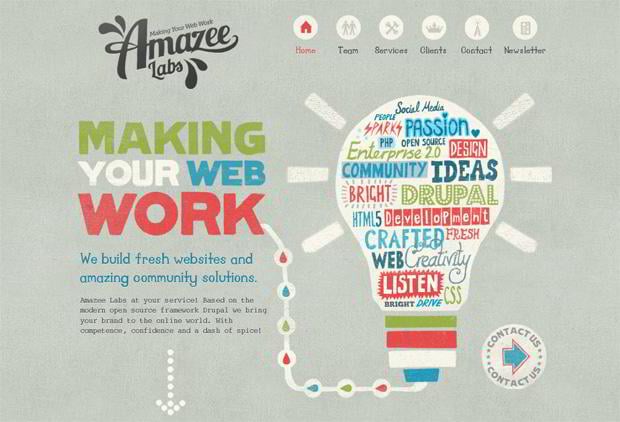Core Principles Of Internet Site Style: Advice For Crafting A User-Friendly Online Visibility
Core Principles Of Internet Site Style: Advice For Crafting A User-Friendly Online Visibility
Blog Article
Published By-Hall Gammelgaard
When it comes to internet site style, making certain user-friendliness is vital. From linked web page to structured navigation, every aspect plays a critical duty in creating a website that caters to your audience's demands. However what regarding the finer information that can make or break a user's surfing experience? Keep tuned as we discover some often-overlooked pointers that can elevate your internet site's use to the next degree, making it truly stick out in the digital landscape.
Relevance of Responsive Layout
Receptive layout is an important facet of modern website advancement. Ensuring your internet site is responsive ways that it can adjust to different screen dimensions and tools, giving a smooth experience for customers.
With the raising use of mobile phones and tablets to access the net, having a receptive design is necessary for reaching a broader target market. It helps in improving user experience by making your internet site very easy to browse and continue reading any tool.
In addition, receptive design can favorably influence your internet search engine rankings, as online search engine like Google focus on mobile-friendly web sites. By having a responsive design, you're additionally future-proofing your site, as new gadgets with differing screen dimensions remain to arise.
Simplify Navigating Framework
To enhance customer experience and help with simple accessibility to details on your web site, simplifying the navigating structure is critical. When developing mobile website development , focus on developing a clear and user-friendly navigation menu that assists site visitors find what they're seeking rapidly.
Limitation the variety of food selection items to the essentials, organizing related pages with each other to prevent overwhelming users. Usage detailed labels that plainly suggest the content of each web page, making it less complicated for customers to recognize where each link will take them.
Think about carrying out dropdown menus for subcategories to prevent cluttering the main navigation bar. Furthermore, consist of a search bar plainly on the web page for individuals that choose searching for details info.
Focus on mobile responsiveness in your navigating style to make certain easy access on all tools.
Optimize Web Page Tons Rate
Improving page lots speed is vital for maintaining visitors on your site. Slow-loading pages irritate users and can lead to high bounce prices. To enhance page load rate, start by optimizing pictures. Compress images without compromising quality to lower their data dimensions.
Additionally, allow browser caching to keep regularly accessed see page , speeding up load times for returning site visitors. Minify CSS, JavaScript, and HTML data by getting rid of unnecessary characters, remarks, and format, improving lots rate.
Take into consideration using a web content shipment network (CDN) to disperse your website's material across several servers worldwide, minimizing latency for users accessing your website from various areas. Finally, restrict using third-party scripts and plugins, as they can significantly impact lots times.
Verdict
In conclusion, by including receptive style, simplifying navigating, and maximizing page tons speed, you can develop an user-friendly site that interest a wider target market and improves customer experience. These essential elements ensure that visitors can easily access and browse your website across various devices, leading to raised interaction and complete satisfaction. By concentrating on these essential facets, you can construct a successful internet site that keeps customers returning for even more.
